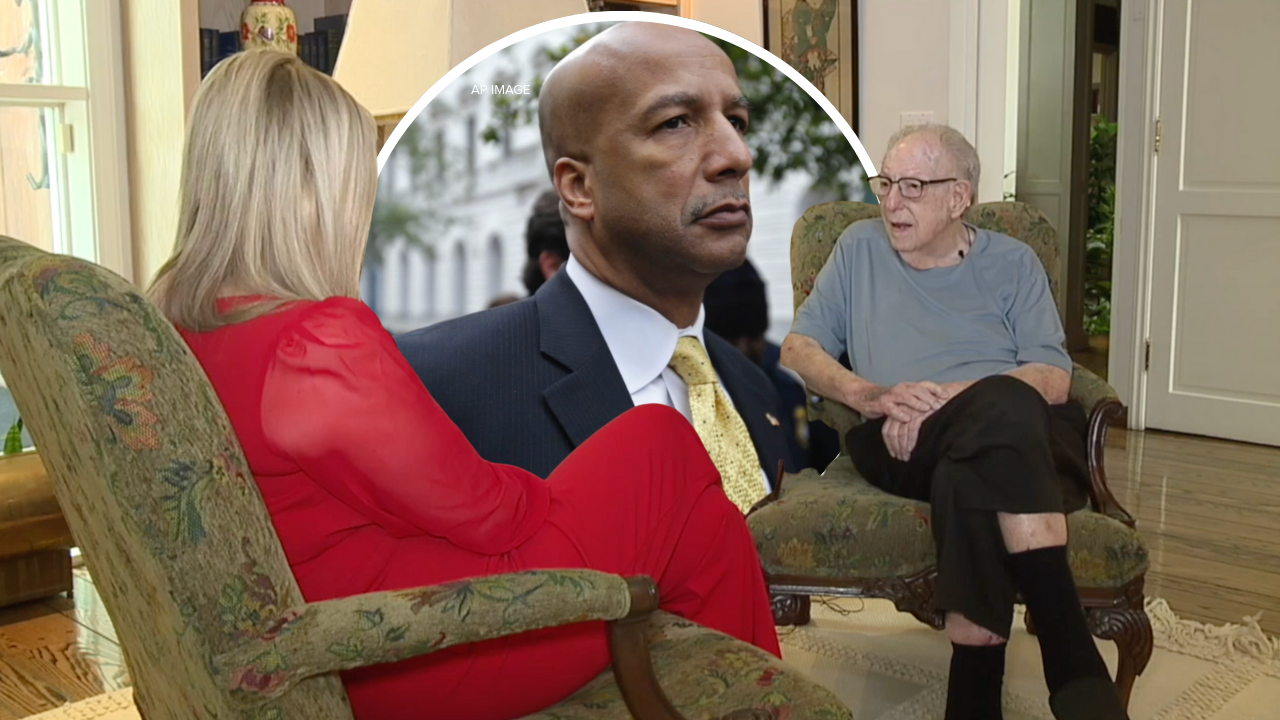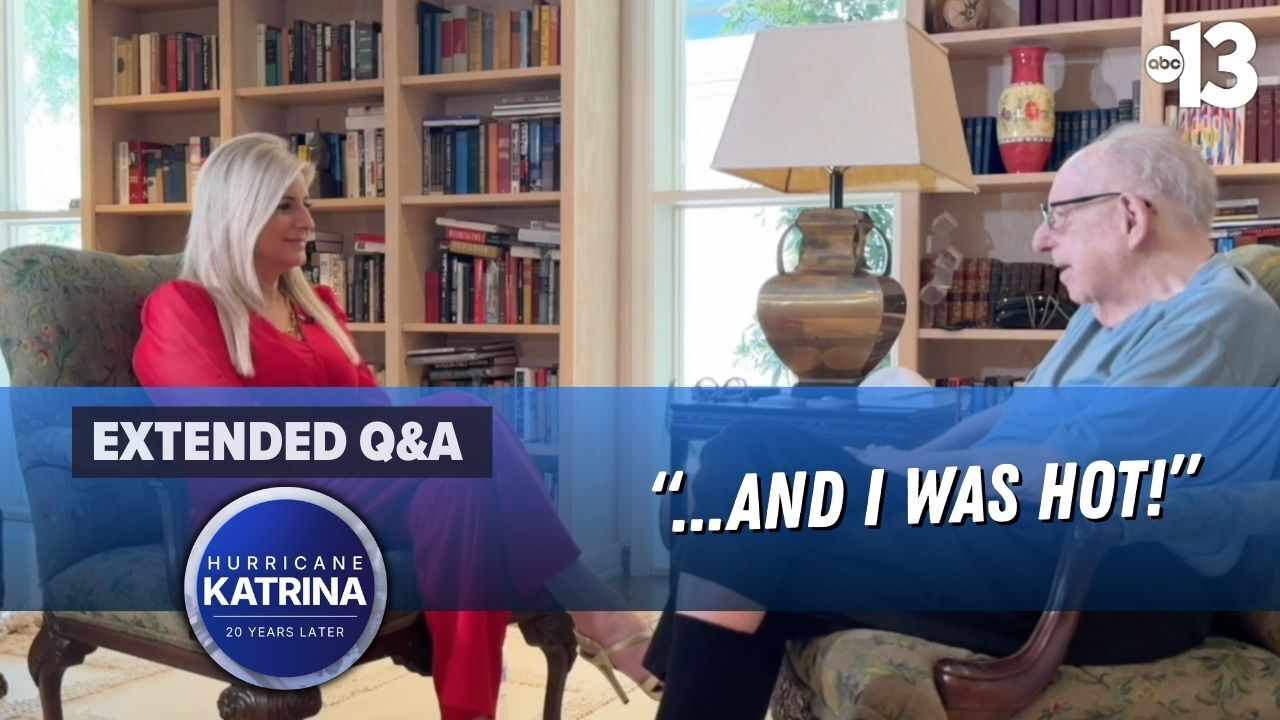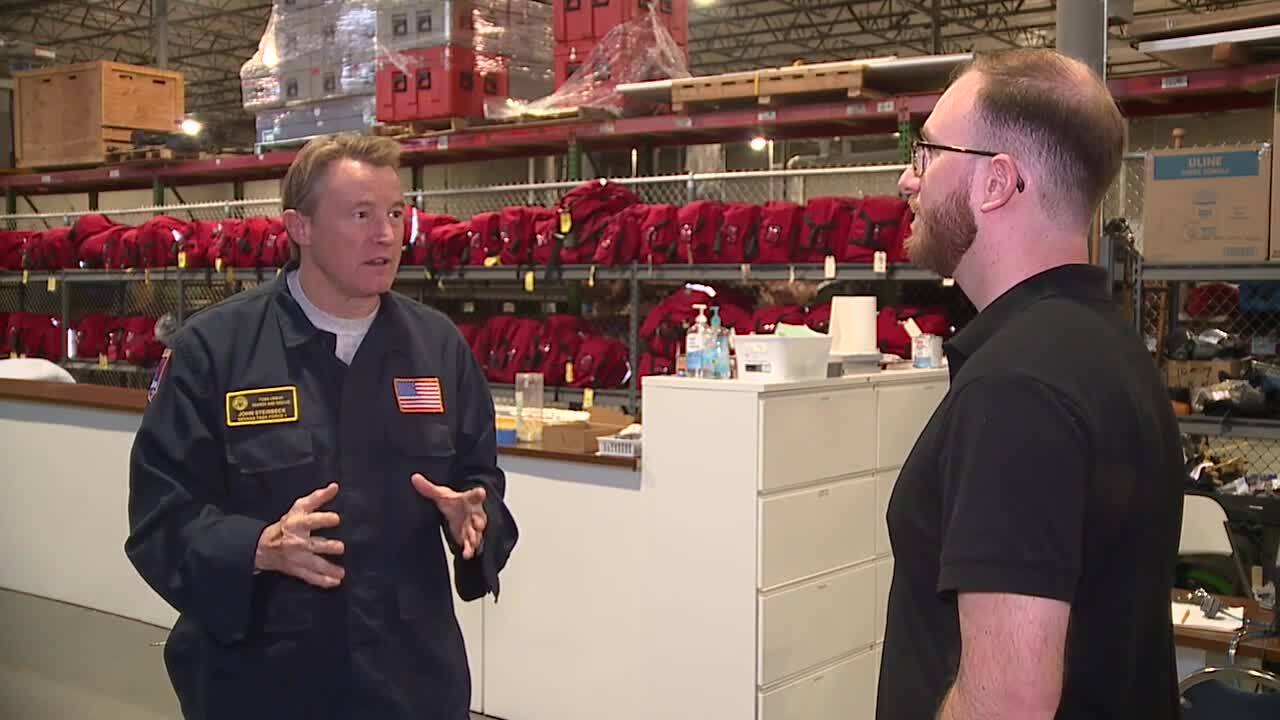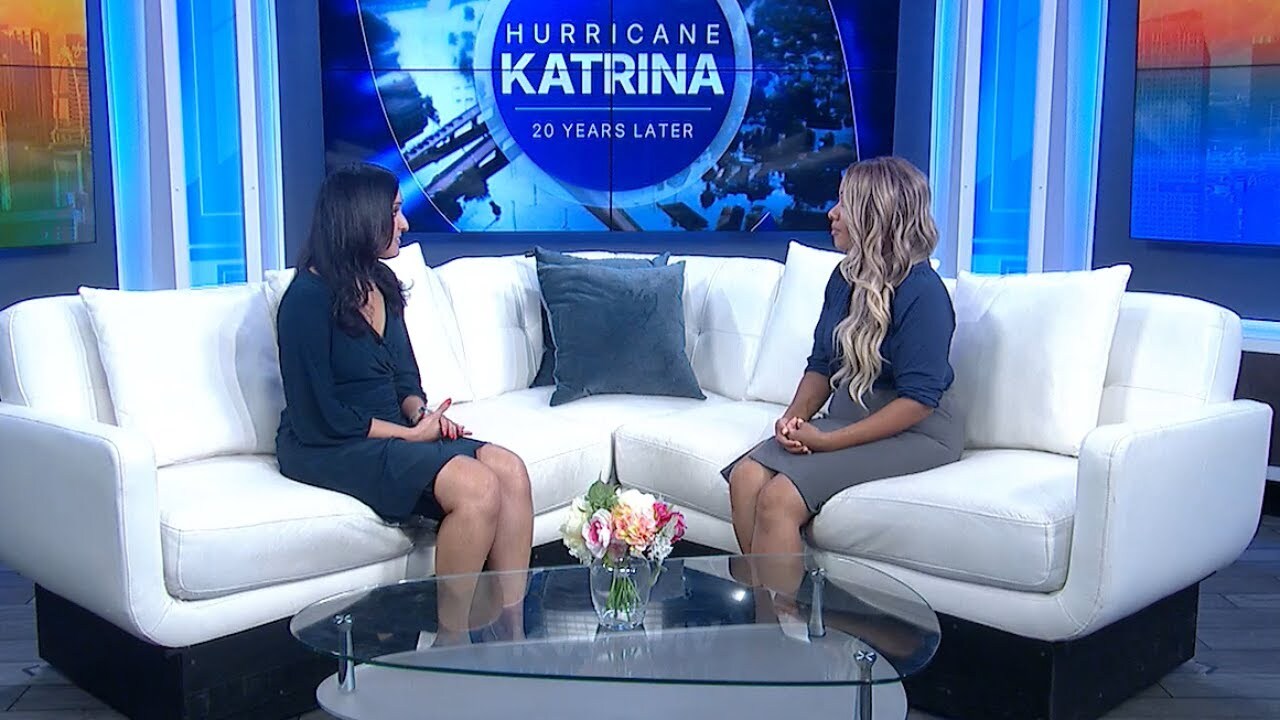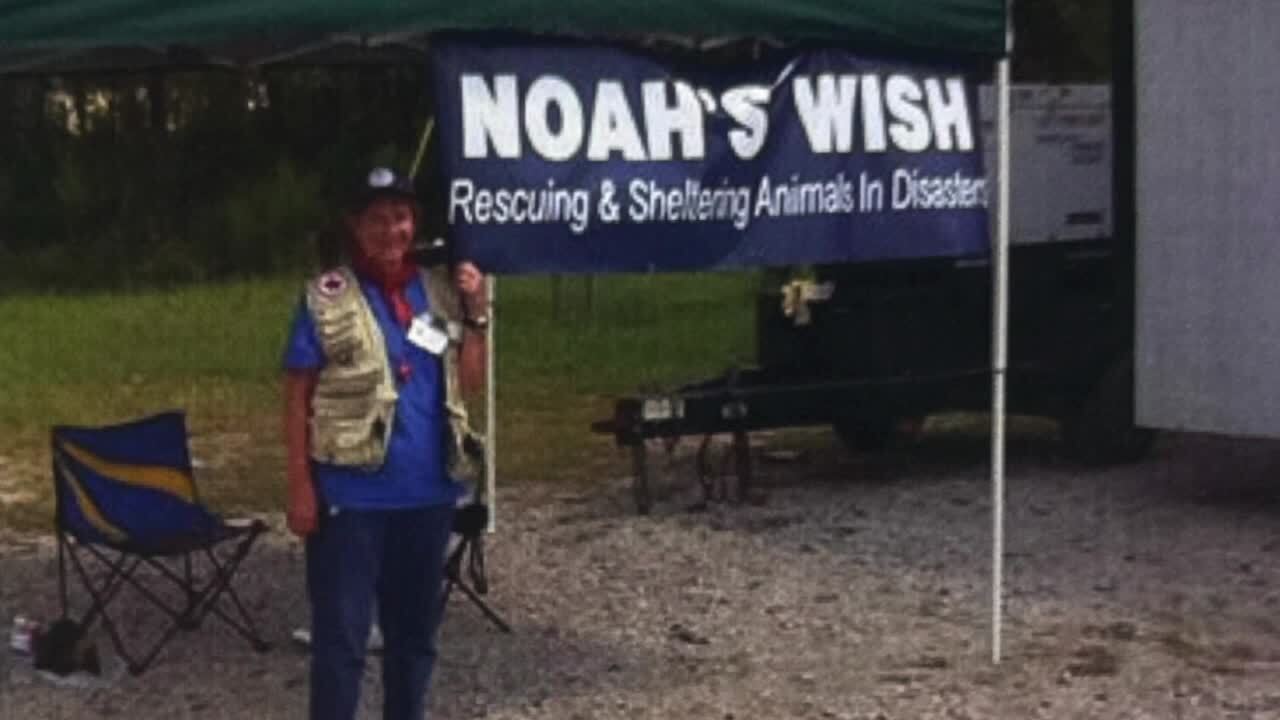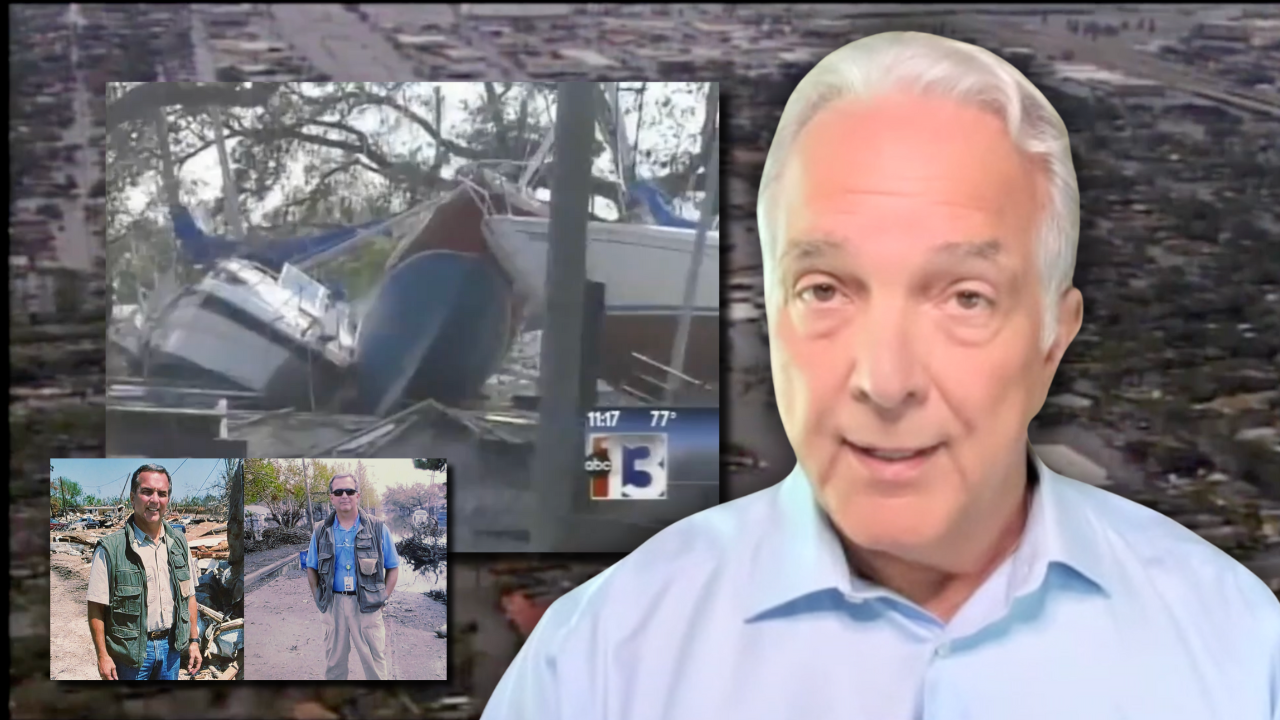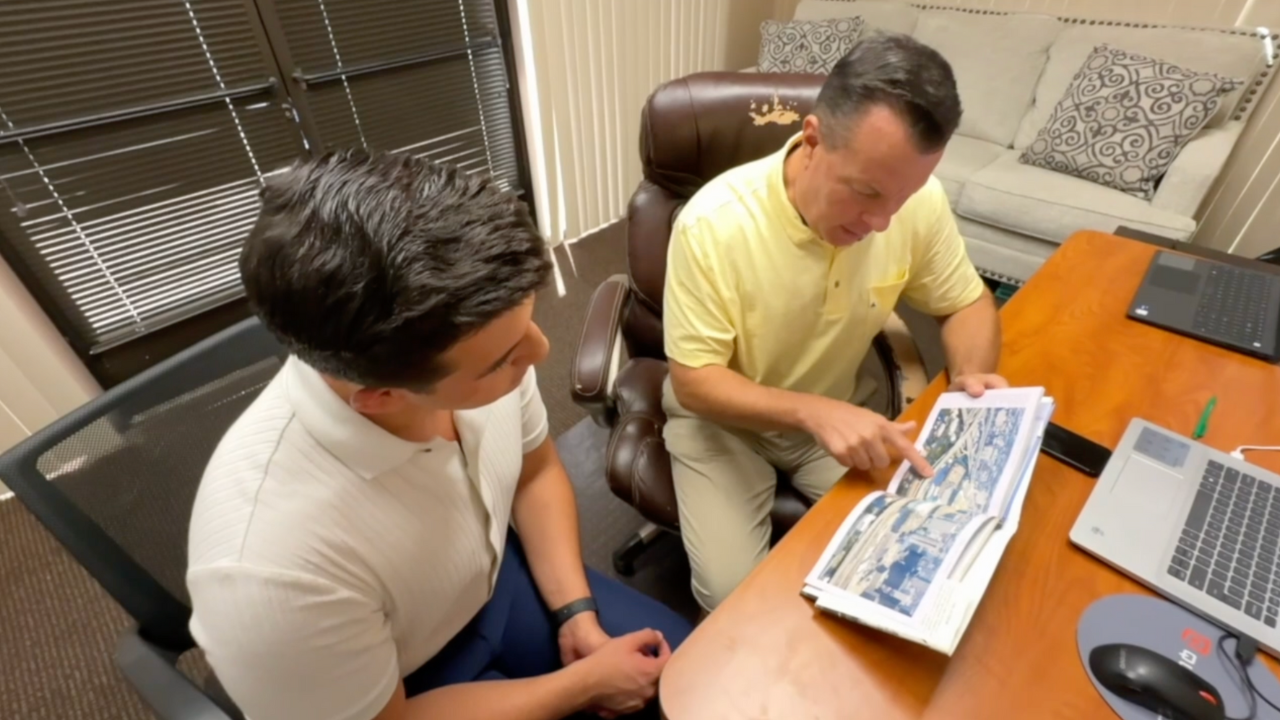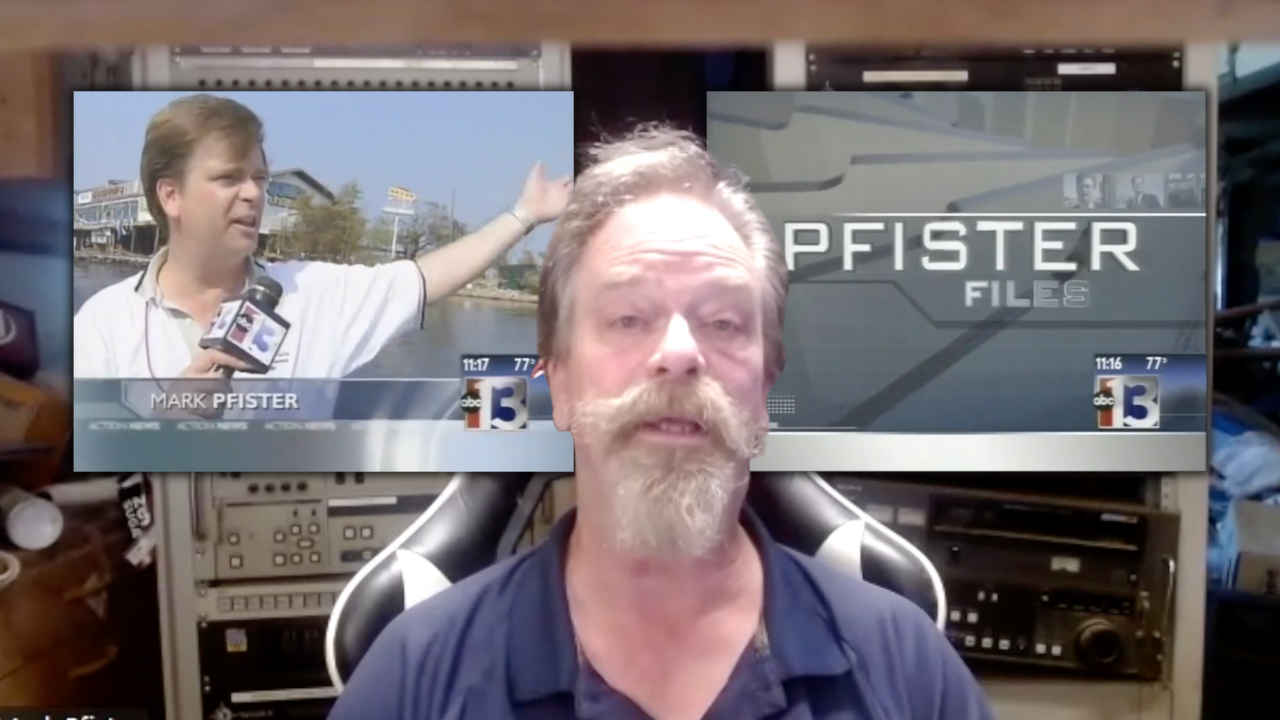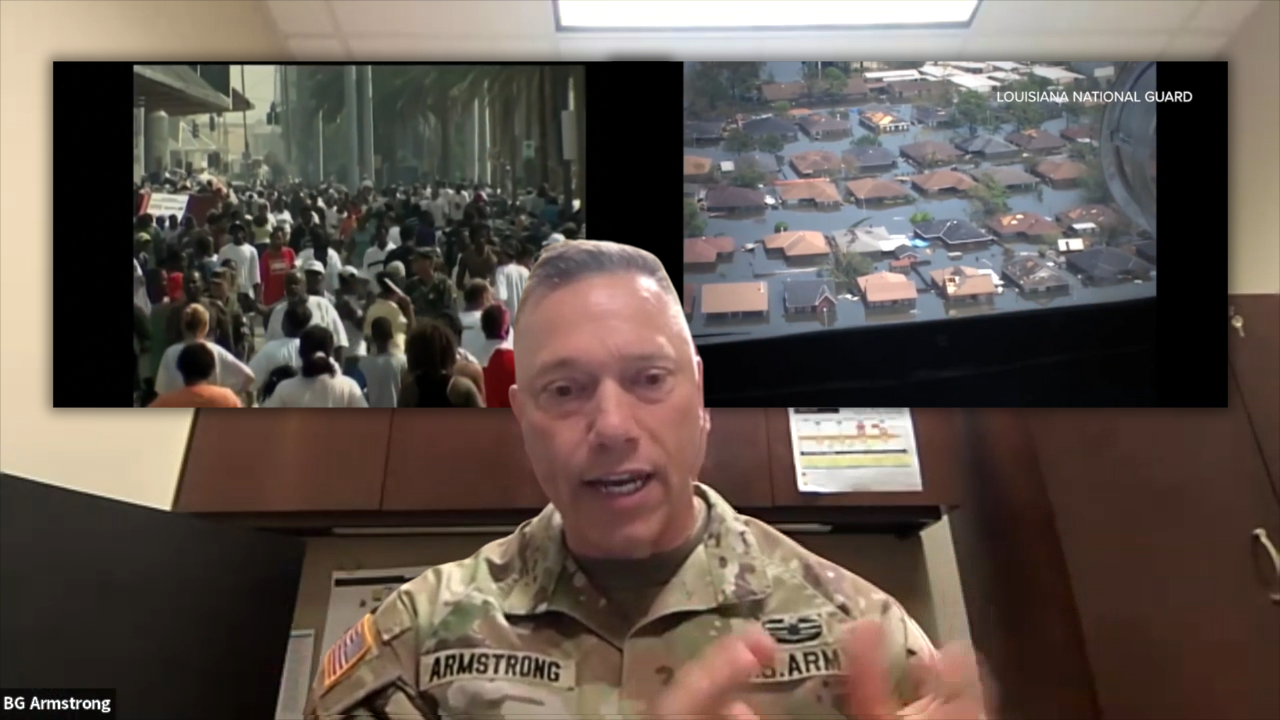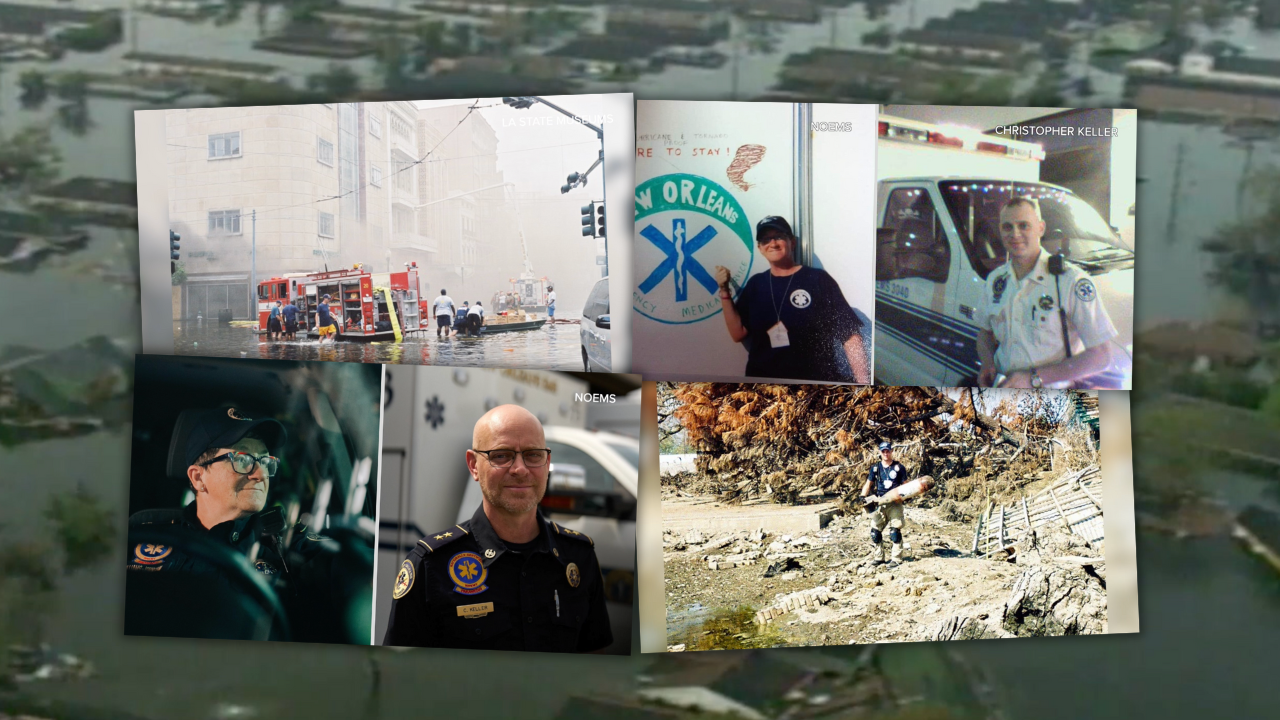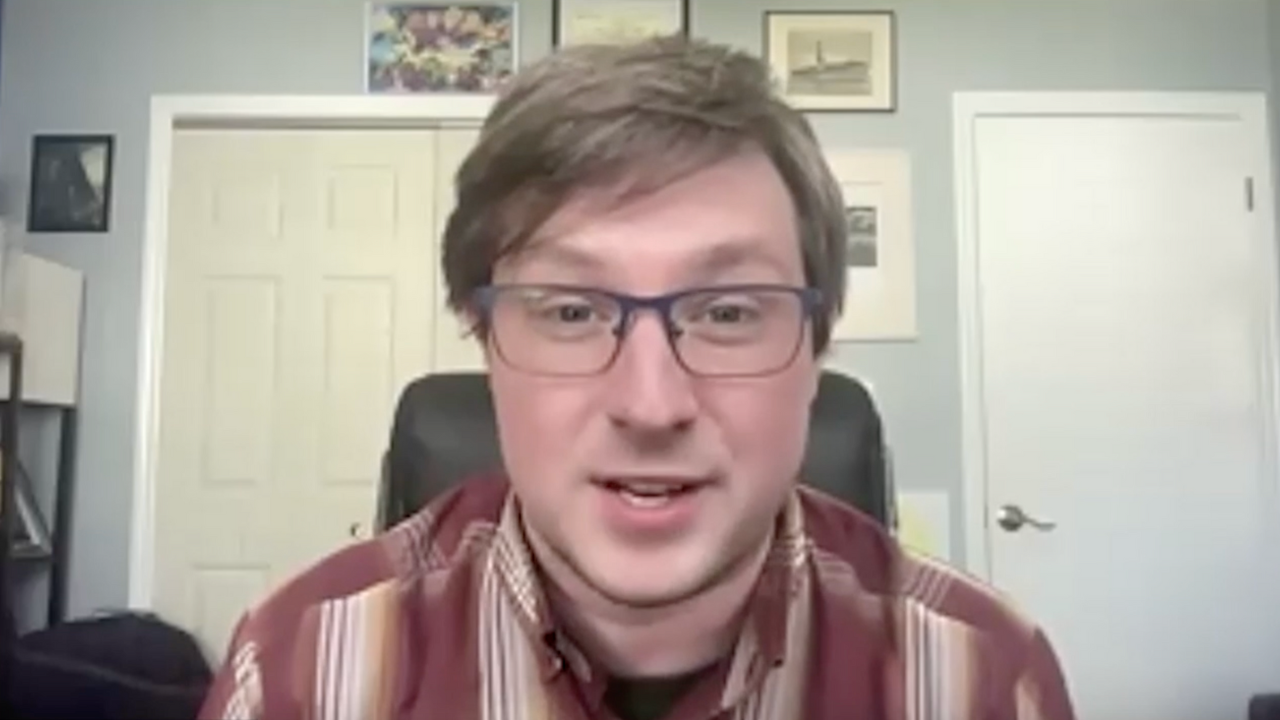Nevada Task Force 1 always answers the call of duty, heading out to our country's worst disasters to help out where they're needed most, like in July when they went to Texas to assist with flooding there.
Their response to Hurricane Katrina 20 years ago was no different, and its impacts are still being felt to this day.
VIDEO | Guy Tannenbaum talks to members of Nevada Task Force 1 who helped out during Hurricane Katrina
"It was the biggest deployment of any of our lives, and that included even 9/11," retired Clark County Fire Chief John Steinbeck said.

| "Katrina was just a different scale, and we couldn't wait to get there and do our job, but it was overwhelming." — John Steinbeck, Former CCFD captain and Task Force 1 member |
"Katrina was just a different scale, and we couldn't wait to get there and do our job, but it was overwhelming."
Long before he became chief, in 2005, Steinbeck was a CCFD captain and a member of Task Force 1 deployed to the devastation in the Gulf Coast caused by Hurricane Katrina.
"All that was left were the people that needed to be rescued and the first responders in the city, it really felt post-apocalyptic," Steinbeck said.
"I've never seen that many houses in one area, or that much water." — Kenyon Leavitt, Nevada Task Force 1 program manager | 
|
"I've never seen that many houses in one area, or that much water," Kenyon Leavitt said.
These days, Leavitt is Task Force 1's Program Manager, but 20 years ago, Hurricane Katrina was his first deployment.
"I remember driving down to our area the first day we got an assignment and looking through those streets and neighborhoods, and just [seeing] water everywhere, and thinking, 'Where'd it come from and where's it going to go?'" Leavitt said.
"We had to get boats, we had to go down and you're lifting up power lines to drive your boat underneath, trying not to hit old fences and cars as you're going through on these boats," Steinbeck said. "Unfortunately, we would open up the roof and we would find people that died there, just waiting there trying to get out of the high waters, but we did find some people alive."
Working off boats was a first for Task Force 1 at the time.
"When we came back, we started to really focus on how we would go and do that the next time," Steinbeck said. "We bought boats, we started to do more lake and boat-based rescue operations, because we were no longer just a local resource."
The 20-day-long deployment left indelible marks on both of their careers.
"It had a really big impact on me moving forward, to always understand that Mother Nature can always overwhelm your best plans," Steinbeck said. "There's always going to be a situation in which your resources aren't adequate, and to train on that process on how to get those additional resources in and how to build as much capacity as possible."
Those are lessons that both Steinbeck and Leavitt pass on to Task Force 1 members today.
"As our guys go out the door, one of the last things I tell them is we're going to do whatever they ask us to do," Leavitt said. "Whatever the case is, that's what we're there for, is to help people out."
"I'm proud to have gone, and grateful for the opportunity," Steinbeck said.
Steinbeck says one of the biggest takeaways from their deployment to Katrina is the importance of keeping you and your family prepared for an emergency, and how that can make evacuations—if necessary—smoother and more efficient for everyone.
You can learn more about how to prepare for any emergency on a federal government website, ready.gov.

Local News
Local trumpet player reflects on how Hurricane Katrina shaped his love of music
